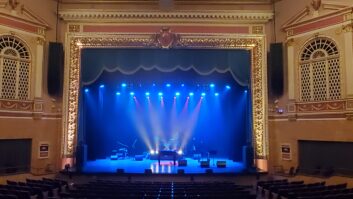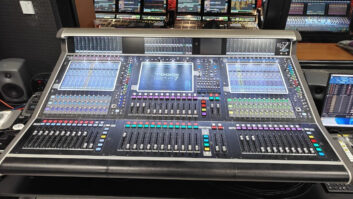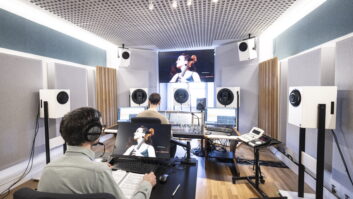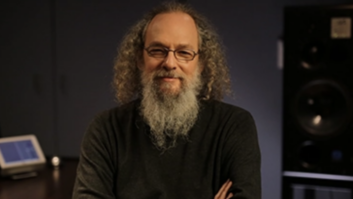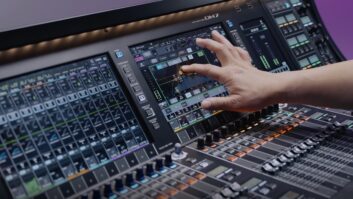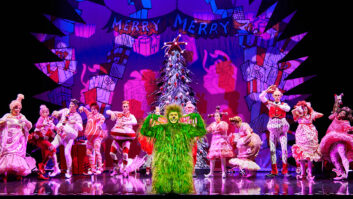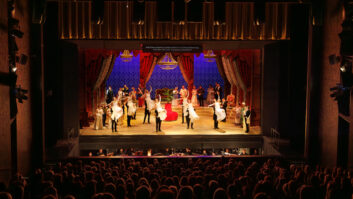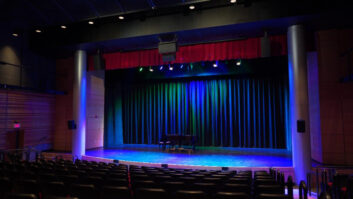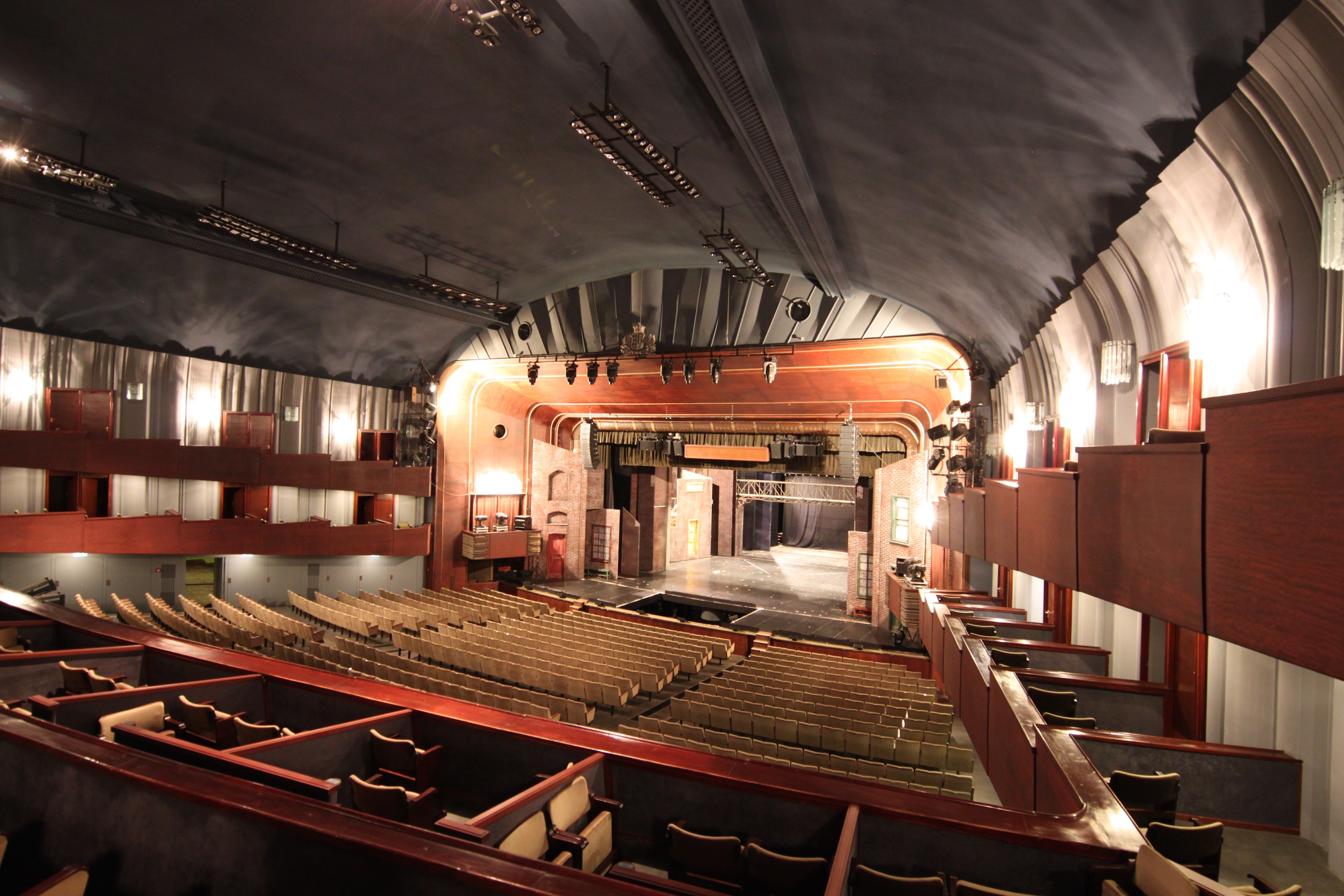
Andy Cooper, manager, Pro Audio Application Engineering at Yamaha, reveals the changing expectations of what audio consoles can deliver in theatres and how it relates to price.
How have expectations shifted over the last few years in terms of the capability of a theatre audio console?
Expectations for quality of sound, number of input and output channels and number of internal effects processors have all increased, with very little (if any) expected increase in price of the product. There is also now the added expectation of remote control apps and software, advanced programming of memories/libraries and audio network interfacing. People rarely think of an audio console as a standalone unit these days. It is more like the central hub of a networked audio system, linking to i/o units, wireless mic systems, computer sound-cards, amplifiers, personal monitor systems, etc.
When designing a smaller console, getting the user interface right is crucial
As budgets continue to be stretched, is cost taking precedent over functionality?
Only with the lower ranges of products. You have a budget in mind and squeeze in as many features as possible, without going over the target cost. With more expensive systems, it would be the other way round – list all the necessary features, then find the lowest cost way to achieve it reliably. Perhaps the crossover price point between the two isn’t changing much; at every price point, technology is gradually allowing more and more to be achieved.
How do manufacturers balance the need for a growing number of features onto what are typically smaller consoles?
It’s a challenge. However, many requested features are not necessarily related to the original costs of hardware design and manufacture. If a console can be designed with enough flexibility in its operating system and network protocols (while ensuring reliability), then extra features can be added with relatively little additional cost. For example, Yamaha adding remote control functions for Shure wireless microphone systems from the CL and QL consoles. Or adding Dan Dugan Automixer functionality to the lower cost TF mixers.
When designing a smaller console, getting the user interface right is crucial. ‘Touch And Turn’ knobs alongside a touchscreen is one effective way of providing many useful functions in a small physical space. It’s a combination of clear graphic user interface, hands-on speed and ease of use.
What features are theatres asking for from console manufacturers that are markedly different to other applications?
There is only a significant difference in the higher budget, larger systems – typically those for use with musical theatre. One feature is that of matrix delays: so audio can be delayed by different amounts from certain inputs to certain outputs. Such features need a lot of processing power, so are only typically found on the highest cost consoles or within dedicated matrix processor devices. Otherwise, the specially-requested features are related to automation and control. For example how to make sure the show sounds the same every day, even when there are different musicians in the orchestra and sometimes different actors on stage! A complex array of libraries, recall filters and copy/paste actions are needed, as well as features like the Yamaha RIVAGE PM10’s ‘Overlay’ which adds an offset to fader levels and Mix sends to all recalled memories, which compensates for temporary changes to the source’s signal level.
Another point is linking to computer automation systems – the console might be required to respond to external triggers from computer. This communication is often kept quite simple, using relay switches or MIDI rather than a more comprehensive (but time consuming to program) network protocol.
Is there still demand for analogue mixers in theatres? Or have things completely shifted to digital?
Analogue mixers are only remaining in the smallest of theatres, those used for training or where amplified sound is rarely needed. It is still easier to train beginners on analogue mixers first, because it is easier to visualise the audio path and to see mistakes. So, in these cases, analogue mixers are selected for ease of use and for low price, rather than any other reason. As scale increases, the benefits of digital mixing become far greater than any negatives there might be. Even in terms of sound quality, nobody can reasonably argue that analogue is better when trying to mix 100 inputs to more than 50 outputs!
Picture: Erkel Theatre in Budapest, Hungary
